Wisconsin braces for another consequential election cycle in 2024
While the presidential primaries are shaping up to be noncompetitive and there is no high court race on the spring ballot, an enduring swing state status and uncertainties of redistricting litigation once again leave Wisconsin's voters at the center of national politics in a turbulent election year.
By Zac Schultz
January 2, 2024
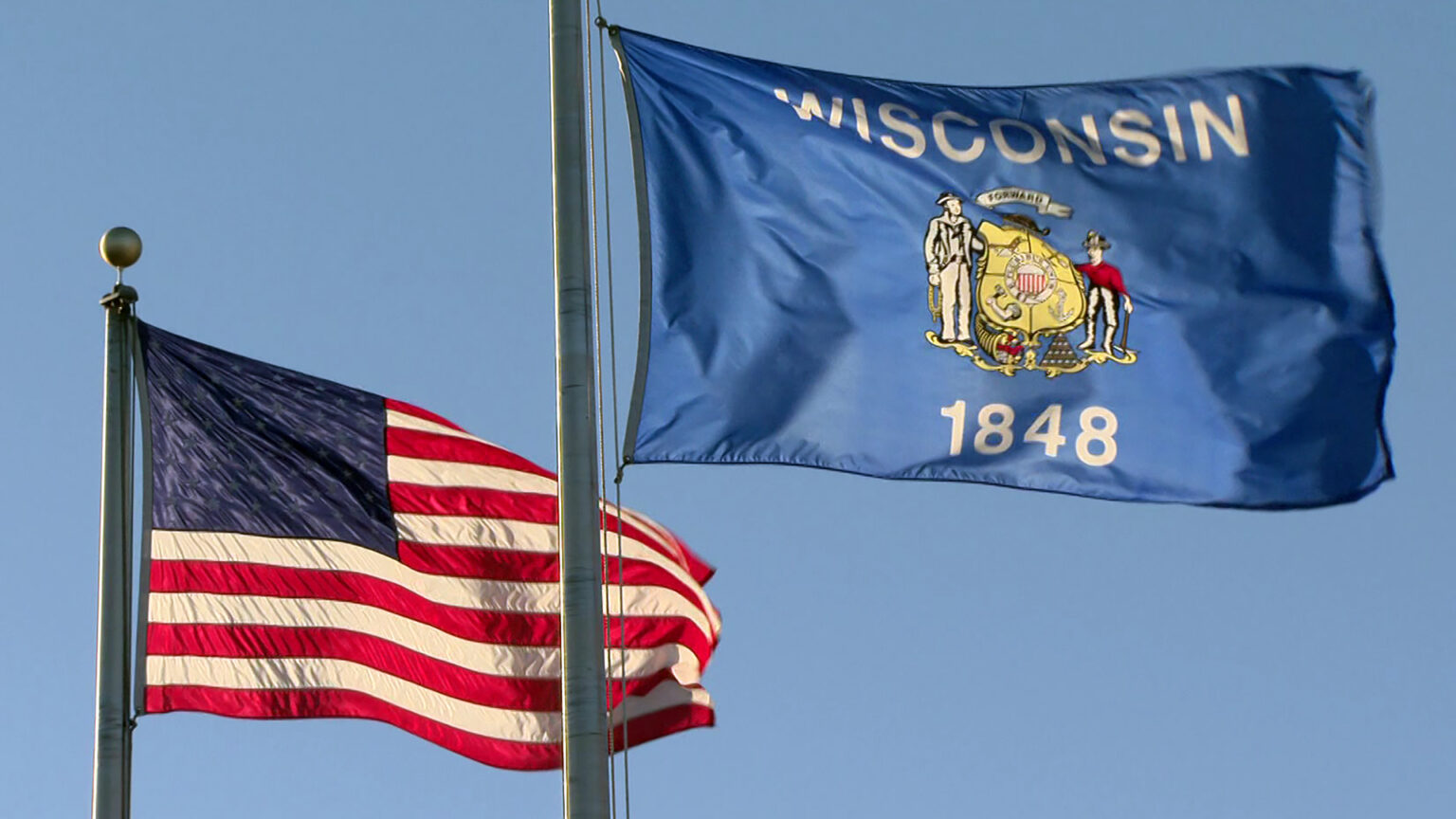
The U.S. and Wisconsin flags wave in the wind above a a polling place in Appleton on Nov. 3, 2020. (Credit: PBS Wisconsin)
The 2024 election cycle could be one of the most consequential in history for both the state and nation. However, given what’s anticipated to be a lack of hotly contested races on the spring ballot, the higher-stakes votes are likely to wait until later in the year.
April 2 marks the 2024 presidential primary election in Wisconsin. However, Democratic incumbent President Joe Biden and Republican former President Donald Trump appear to be sailing through their respective party primaries. That outcome will likely mean lower turnout for the spring primary, a rarity in recent years.
In the 2016 presidential primary, Republican turnout surged as establishment Republicans rallied around Texas U.S. Sen. Ted Cruz in an effort to stall Trump’s momentum. In 2020, it was Democrats who turned out the polls to determine the race between Biden and Vermont U.S. Sen. Bernie Sanders in the early days of the COVID-19 pandemic.
In each of those years, that partisan surge impacted consequential statewide races. In 2016, Republican turnout helped drive conservative Justice Rebecca Grassl Bradley to a 10-year term on the Wisconsin Supreme Court. In 2020, liberal Jill Karofsky rode Democratic turnout to her state Supreme Court election victory.
Meanwhile, Janet Protasiewicz used a national spotlight and record spending to boost turnout for her Wisconsin Supreme Court victory in 2023.
However, in 2024 there is no statewide election in April to be impacted by the presidential primary. The races on the ballot will instead be local elections: school board, county board and city council races around the state.
That means the Feb. 20 primary for the spring election will be even lower profile, as many municipalities may not have a single race on the ballot.
Those Wisconsin Supreme Court elections from years past may mean things get crazy in the fall. In November, the justices heard oral arguments in a lawsuit seeking to throw out Wisconsin’s legislative district maps and redraw new boundaries for 2024. On Dec. 22, the court’s liberal majority issued their decision, ordering new maps created for the 2024 election. Not all of the newly formulated seats will be up for a vote, though — the ruling did not grant the plaintiff’s request to have all 33 state Senate seats be up for a vote, as opposed to the 16 seats that were already on the ballot for 2024
Meanwhile, more litigation is expected, with Republican lawmakers saying they’ll pursue a review before the U.S. Supreme Court. If new maps are in place, though, it is almost inevitable that will pit some current incumbents against each other and leave open seats elsewhere. That means the Aug. 13 primary election will be filled with competitive races.
Yet even if redistricting doesn’t create a free-for-all in the Legislature, the fall primary will still feature a race among Republicans looking to take on Democratic U.S Sen. Tammy Baldwin in November, who is looking to win a third term.
As of the start of the year, there are no high-profile Republicans who have announced they are running. Eric Hovde ran in the Republican primary for the U.S. Senate in 2012 and lost to the eventual candidate, former Gov. Tommy Thompson, who was in turn defeated by Baldwin. Hovde is wealthy enough to self-fund, but has spent a lot of time living out of state and Democrats are preemptively trying to label him as a carpetbagger in case he runs. Another potential candidate is former Milwaukee County Sheriff David Clarke, who drew national prominence in the 2020s as a Black Republican elected in a typically Democratic area. Clarke is also an outspoken supporter of Donald Trump and would likely have strong support among the MAGA base of the Republican Party.
But a sleepy spring isn’t likely to lull voters. Wisconsin has lost none of its national importance when it comes to being the ultimate swing state. Four out of the last six presidential elections in Wisconsin have been determined by a razor-thin margin, and Wisconsin’s 10 electoral votes may determine the winner. Biden visited Wisconsin multiple times in 2023 and that will continue in 2024, while Trump barnstormed the state in his two prior races, and the same should be expected through the fall.
Down-ballot races may struggle to get the attention of voters against a potential presidential rematch, but those races will likely be even more consequential for Wisconsin’s future.
New maps are likely to remove some of the Republican advantage conferred by gerrymandering, with the state Supreme Court’s ruling stating that partisan fairness will be a factor when it comes to redrawing districts. Democrats could be fielding candidates in places across the state that haven’t seen a competitive race in nearly two decades. Once new maps are proposed, computer analysis will be able to indicate the partisan lean of each new district.
Elections aren’t won on paper, though, and factors like incumbency, candidate quality, campaign financing and voter turnout will determine if Democrats are able to chip away at the Republican supermajority in the Senate and eliminate the possibility of Republicans gaining a veto-proof majority in the Assembly. Already, Democratic leadership is talking about shifting their messaging away from winning enough seats to protect the veto power of Evers, and instead about possibly winning control of the Legislature.
However, that’s all speculation until it’s known how district boundaries will change. What’s known now is even if the spring is quiet, Wisconsin voters should get ready for a flood of campaign ads, mailers and other campaigning telling them they will determine the outcome of the 2024 presidential election.
 Passport
Passport




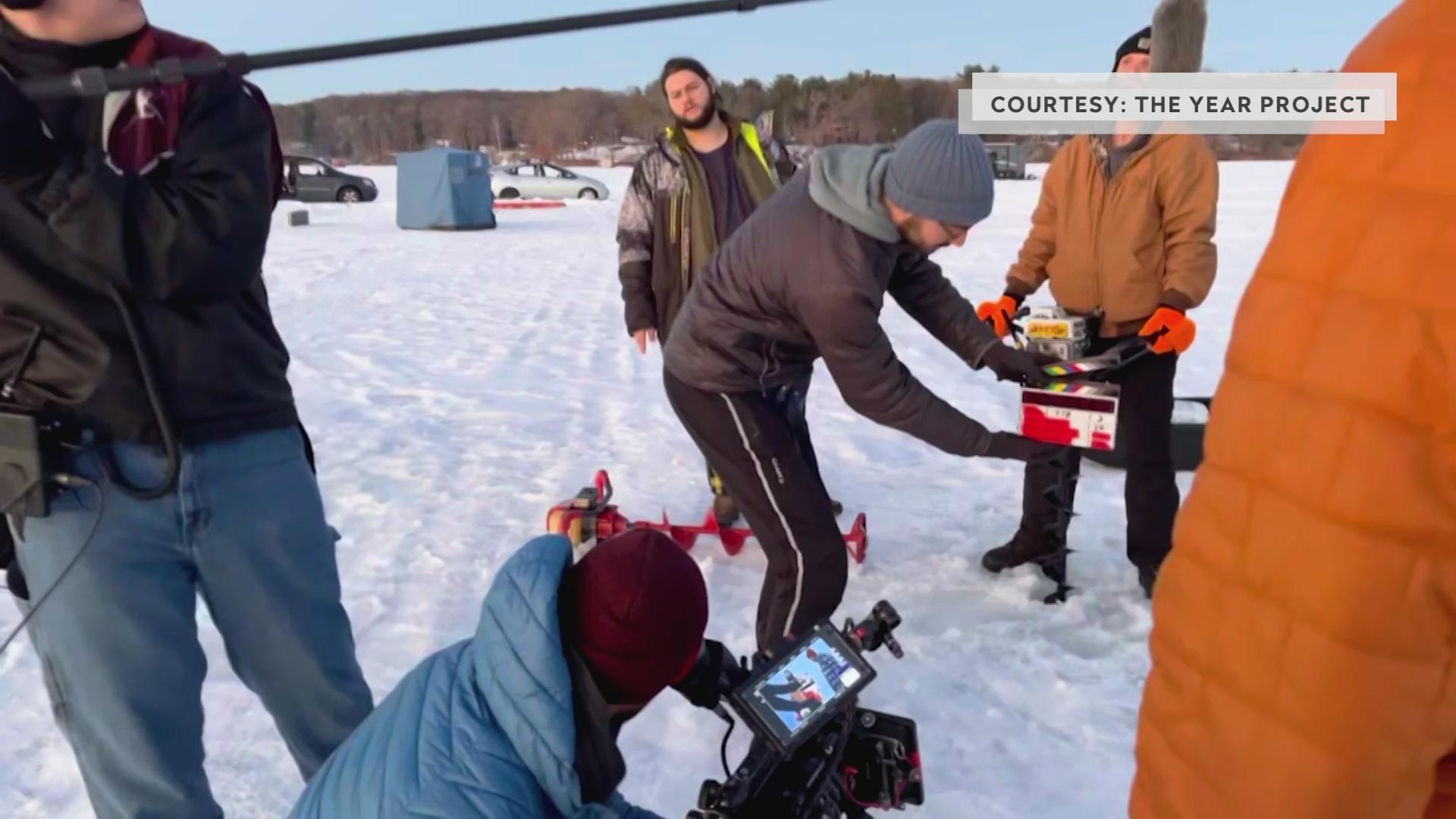

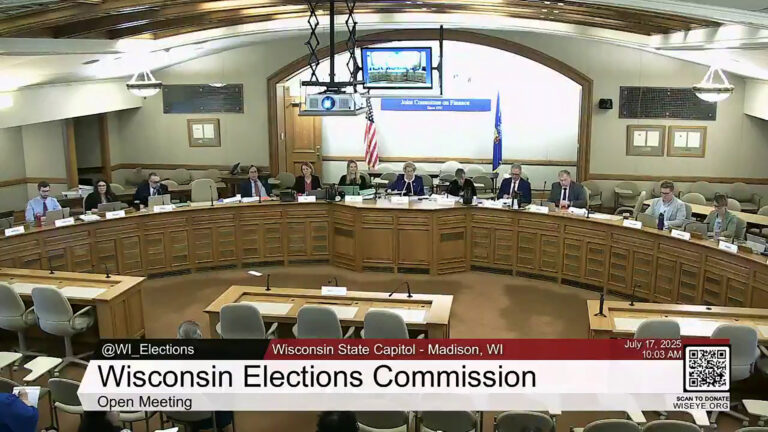
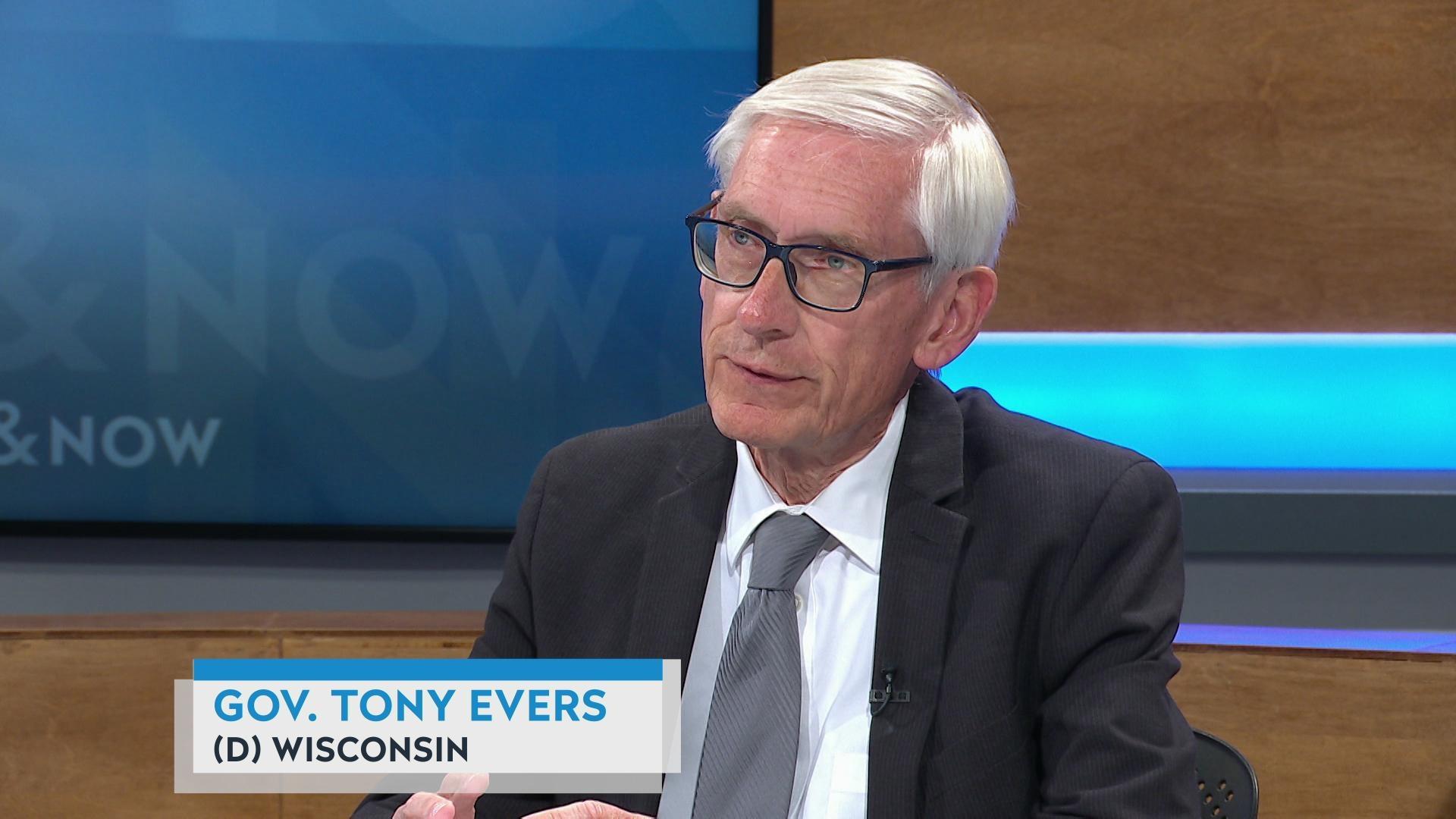
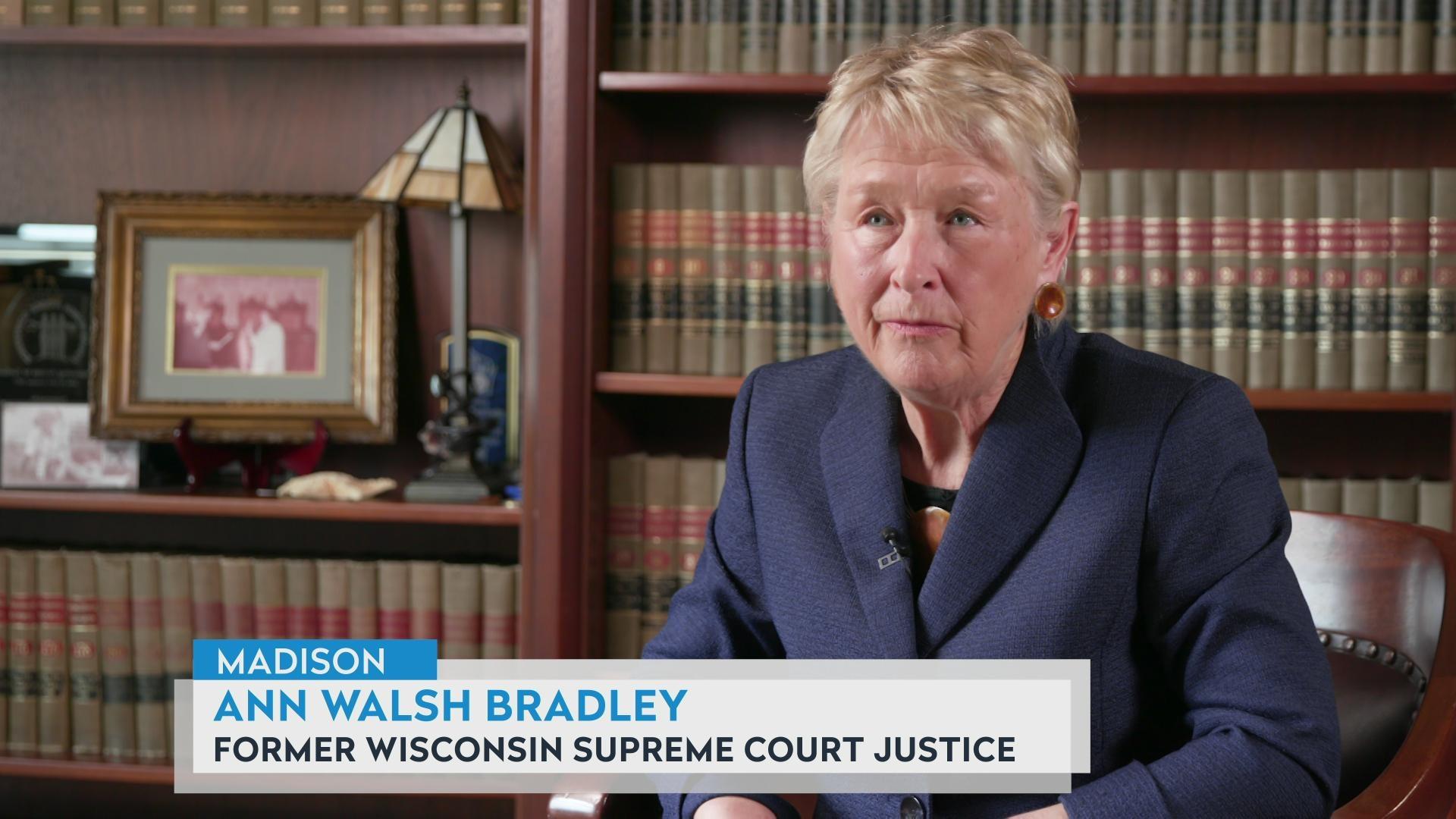
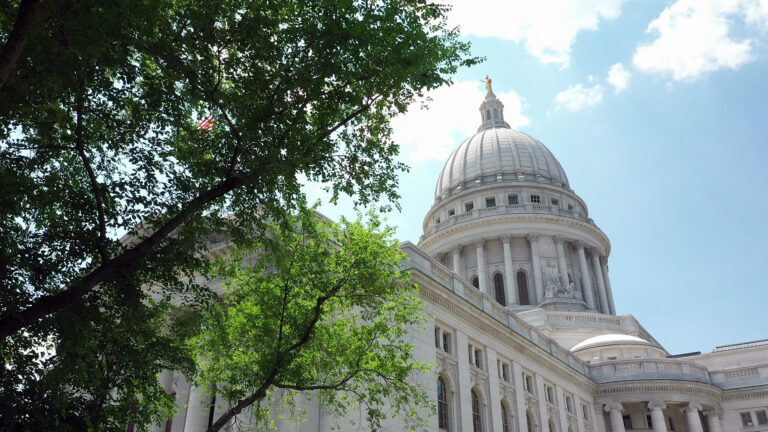

Follow Us